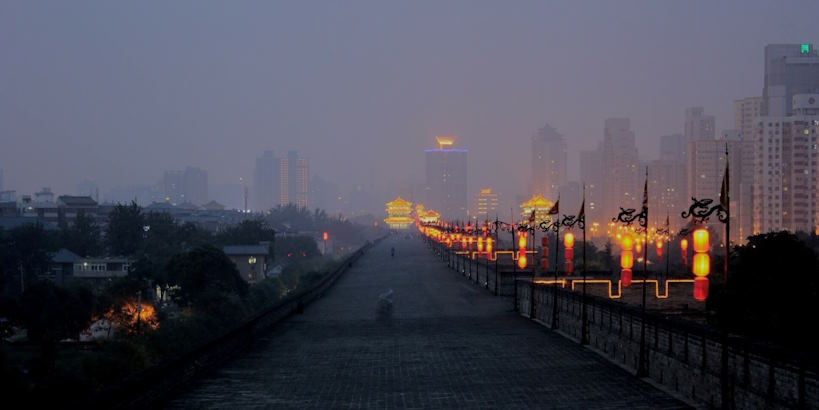The Belt and Road Initiative (BRI), China’s ambitious global infrastructure and economic development project, boasts an extensive geographical reach, spanning multiple continents and encompassing many projects, trade corridors, and economic zones. Originally launched in 2013, this initiative reflects China’s commitment to enhancing connectivity and cooperation across a vast swath of the world. Here’s an exploration of the BRI’s geographical scope:
Asia
Central Asia
Central Asia plays a pivotal role at the heart of the BRI. The region hosts vital land routes, energy corridors that link China to Europe, and numerous infrastructure projects focusing on road, rail, and energy.
South Asia
China seeks to deepen economic ties with South Asian countries by constructing ports, railways, and economic zones. The China-Pakistan Economic Corridor (CPEC) is a notable example.
Southeast Asia
The BRI extends to Southeast Asia with projects focusing on maritime connectivity, such as ports and logistics hubs in countries like Indonesia, Malaysia, and Thailand.
Europe
Land Routes to Europe
China envisions multiple land-based trade routes linking its western regions to Europe, collectively known as the “Silk Road Economic Belt.” These routes traverse through Central Asia and Eastern Europe, fostering trade and cultural exchange.
Maritime Connectivity
The “21st Century Maritime Silk Road” component of the BRI promotes maritime connectivity between Chinese ports and European destinations, enhancing trade efficiency and reducing shipping times.
Infrastructure Investment
China has invested significantly in European infrastructure, including ports in Greece and rail connections between China and Europe through Central Asia.

Africa
Infrastructure Development
Africa is a key focus of the BRI, with projects spanning from North Africa to Sub-Saharan Africa. Infrastructure development, such as railways, roads, and ports, is central to promoting intra-African trade and connectivity.
Industrial Zones
The BRI includes establishing industrial zones in African countries to boost local manufacturing and economic diversification.
Energy and Resources
China is involved in energy exploration and resource extraction projects across the African continent.
Beyond
Middle East
The BRI extends into the Middle East, investing in ports, logistics hubs, and energy infrastructure.
Latin America
Although not as extensively connected as other regions, Latin American countries have shown interest in participating in the BRI, particularly through infrastructure projects.
Global Connectivity
The BRI’s overarching goal is to connect regions worldwide, creating an interconnected web of trade corridors, infrastructure networks, and economic zones.






 Brian L. Gade is Professor of Economics at the Stanford University, Stanford, CA
Brian L. Gade is Professor of Economics at the Stanford University, Stanford, CA James M. Holman is Professor of Public Affairs and Economics at the Baltimore, MD
James M. Holman is Professor of Public Affairs and Economics at the Baltimore, MD